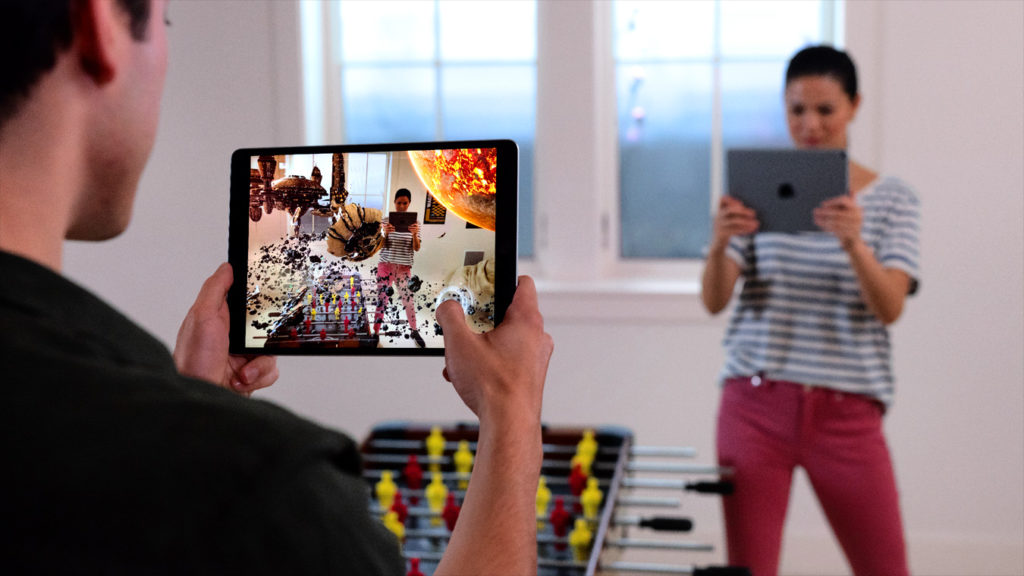
iOS 12 was released on October 30, 2018. With its release, Apple introduced a pack of new features. One of the features is the support of USDZ file format.
USDZ Is The New AR Format For iOS
Apple developed USDZ format to anticipate the growth of Augmented Reality (AR) technology in mobile phones. The format is based on Pixar’s Universal Scene Description (USD) file specification. Apple simply packaged it along with other assets to render the object in a zero-compression zip file, hence the USDZ name.
Is This An Apple-Only Thing?
Apple is not the only party interested in making AR a big deal for mobile users. Adobe has vested interest too. Adobe was determined to support USDZ in its Creative Cloud suite. In addition, Autodesk (a leading company in computer-aided design software) and Sketchfab (a platform for buying, selling, publishing, sharing, and discovering Virtual Reality and Augmented Reality content) have also announced their support.
The Contra
However, not everyone sees this in a good light. Some think the top brass in Apple, who never had any experience in real-time client applications, planned the whole thing. After all, USD was never designed to be used for real-time rendering on the client-side. Its place is the film studio as a mean to exchange source art assets.
There’s a counter-argument for that, though. You see, some people believe Apple does it right when it comes to architectural vision. In two or three years, AR and VR will have many more applications in daily life. Apple’s move to push USDZ is based on that vision. Some technical challenges will arise for sure, but Apple is not planning on backing down.
Conclusion
So what’s the take-home story here? Apple’s adoption of the USDZ is a cool thing, but the masses must be able to adopt the system outside of Apple ecosystem if USDZ is to be the standard. Android phones are leading way ahead of iPhones. Once native USDZ support is out on Android (with app developers backing it up), the world of AR and VR will be a different landscape altogether.
